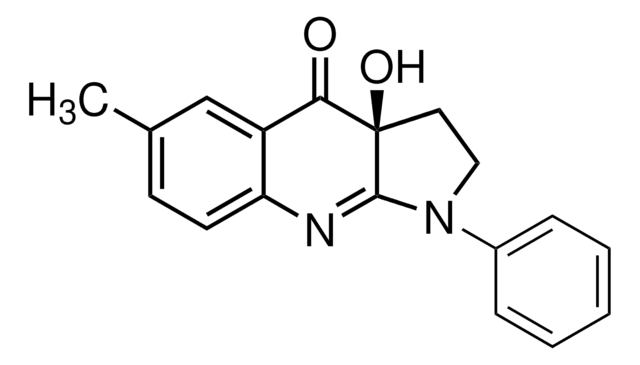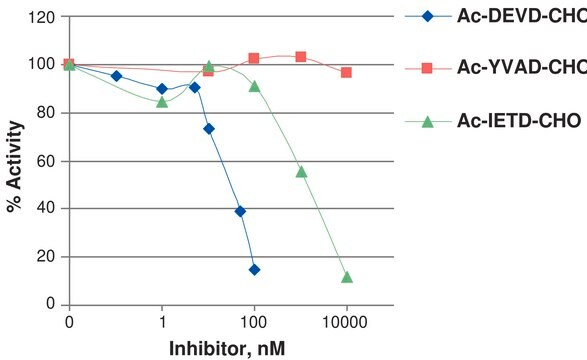SCR527M
Alzheimer′s In A Dish™ PSEN1-RFP Lentivirus
Sinónimos:
PSEN1-RFP, ReNcell 3D Alzheimers Model, ADID 3D Neural Cell Model
About This Item
Productos recomendados
species reactivity
human
Quality Level
technique(s)
cell culture | mammalian: suitable
cell culture | stem cell: suitable
cell differentiation: suitable
General description
Recently a 3D model using genetically engineered human neural stem cells that overexpress FAD mutations was reported to recapitulate the two pathological hallmarks of AD: b-amyloid plaques and neurofibrillary tangles. Lentiviruses expressing FAD mutations in human APP with both the K670N/M671L (Swedish) and V717I (London) mutations (APPSL) and/or PSEN1 with the E9 mutation (PSEN1(E9)) and APPSL/PSEN1(E9) along with fluorescent proteins as reporters for viral infection (see below), were used to transfect ReNcell VM human neural stem cells. FACS was utilized to enrich for cells with the highest transgene expressions followed by encapsulation of the sorted cells in a 3D Matrigel culture system. After approximately 6 weeks of differentiation, aggregation of AB was observed. Robust accumulation of phosphorylated tau along neurofibrillary tangles was readily detectable after 10-14 weeks.
The Alzheimer’s In A Dish<TMSYMBOL></TMSYMBOL> PSEN1-RFP Lentivirus is a necessary reagent to set up the Alzheimer’s 3D culture system. The lentivirus contains the PSEN1 FAD mutations and can be used to infect human neural cells. The RFP tag enables assessment of viral infectivity and allows FACS sorting of the highest expressing cells.
Application
Stem Cell Research
Neuroscience
Components
Note: For exact viral titer, refer to the label on the vial.
Quality
Storage and Stability
Lentivirus is stable for at least 6 months when stored at -80°C. After first thaw, place immediately on ice and store in working aliquots to avoid further freeze thaws. Avoid freeze thaws as this will result in a decrease in the virus titer.
Important Safety Note:
• Replication-defective lentiviral vectors are not known to cause any diseases in humans or animals. However, lentiviruses can integrate into the host cell genome and thus pose some risk of insertional mutagenesis.
• Wear gloves when using this product. Avoid skin contact or ingestion of all reagents and chemicals used in this protocol.
• Lentivirus is a risk group 2 and should be handled under approved Biosafety Level 2 (BSL2) controls.
Legal Information
Storage Class
12 - Non Combustible Liquids
flash_point_f
Not applicable
flash_point_c
Not applicable
Certificados de análisis (COA)
Busque Certificados de análisis (COA) introduciendo el número de lote del producto. Los números de lote se encuentran en la etiqueta del producto después de las palabras «Lot» o «Batch»
¿Ya tiene este producto?
Encuentre la documentación para los productos que ha comprado recientemente en la Biblioteca de documentos.
Protocolos
A stem cell culture protocol to generate 3D NSC models of Alzheimer’s disease using ReNcell human neural stem cell lines.
Nuestro equipo de científicos tiene experiencia en todas las áreas de investigación: Ciencias de la vida, Ciencia de los materiales, Síntesis química, Cromatografía, Analítica y muchas otras.
Póngase en contacto con el Servicio técnico





